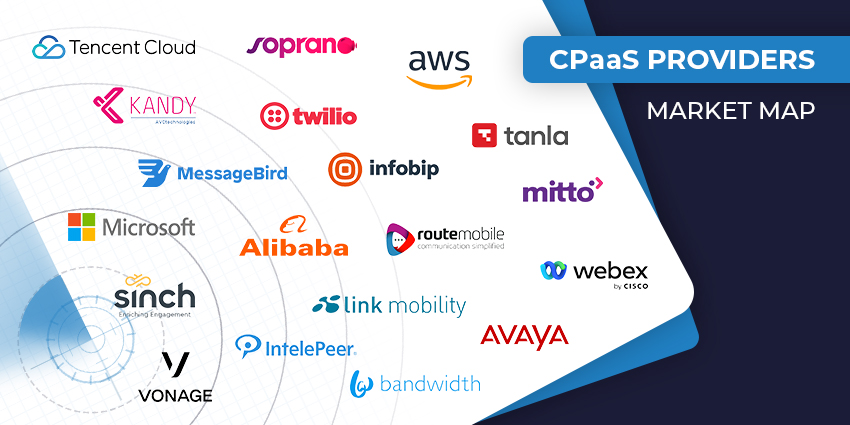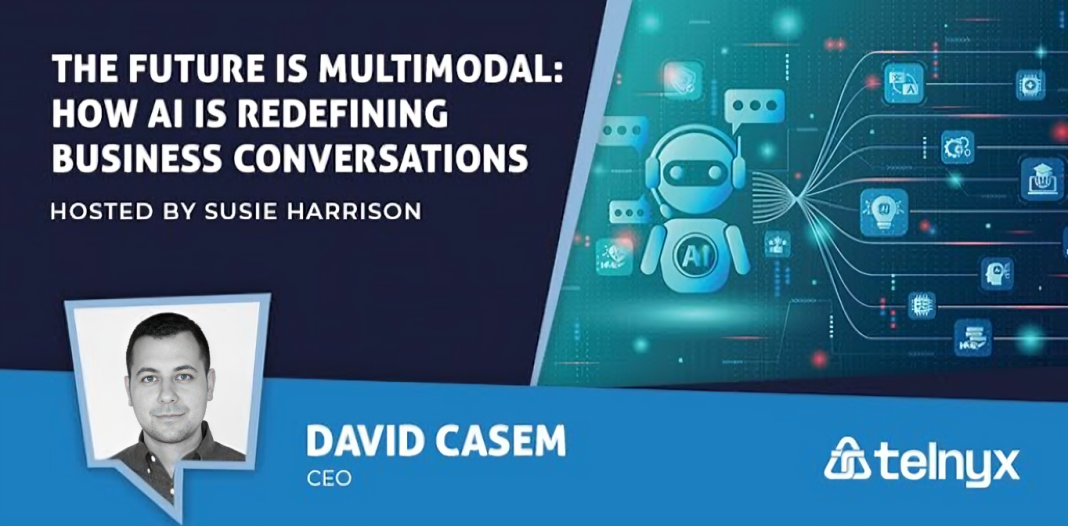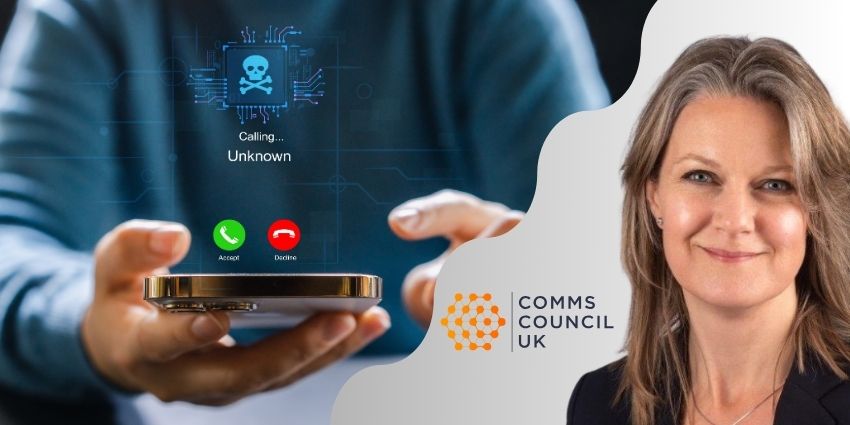CPaaS or Communication Platform as a Service, is something that’s grown incredibly popular in recent years, driven by the demand for a more customised communications stack. With the CPaaS model, companies can use cloud-based solutions to add real-time communication features like SMS and voice to their existing applications, without having to build additional backend infrastructure.
CPaaS providers can use the latest in cloud technology to provide companies of any shape or size with the services they need to delight their customers and users. Telestax is just one of the companies responsible for leading this communication revolution. Telestax builds and delivers the ecosystem that companies need to embrace the next generation comms environment.
I caught up with Telestax to talk more about CPaaS and the changing nature of the business/consumer discussion.
Tell Us about Yourself and the Company
I had the fantastic opportunity to sit down and speak with Ivelin Ivanov, the co-founder and CEO of Telestax. He told me that he’s been in the communications environment for a couple of decades now and met his other 2 co-founders within the middleware market, where they build products together over a period of around 15 years.
“We have a long history in the market, and we launched Telestax in 2011 with the aim to explore the innovation that’s been happening with applications and infrastructure in communication. These days, it seems like as much as everyone has multiple modes of communication available to them, like smartphones, for instance, developers simply couldn’t access real-time communication as part of their toolset.”
Ivelin told me that Telestax wanted to help the people who enjoyed “breaking into the code of things” to discover new opportunities. Telestax realised that there was no simple way for mainstream developers to pull communication code into their apps, and since then they’ve been working on ways to raise awareness. “A lot of vendors have already started to make CPaaS available today thanks to our technology.”
Are SMS and Voice the Basis of CPaaS?
While there’s obviously a lot that can be accomplished with CPaaS, for many companies, the major focus appears to be on SMS and voice; I asked Ivelin whether he thought those technologies formed the foundation of CPaaS.
“I think the bigger picture is omnichannel, and there’s the rise of WebRTC too. However, by far the most practical use cases are based on voice and SMS.”
Ivanov went onto explain how multiple verticals are beginning to explore the CPaaS revolution. For instance, he told me that many airlines are now trying to stay ahead of problems for their customers, which means notifying people by SMS when a flight is delayed, or a gate is changed. To some extent, much of the focus of CPaaS is on improving customer and user experience (UX).
“The next wave of this functionality is giving customers a means to respond and escalate an issue with an agent that has context into the conversation.”
Is It Easy to Get Involved with CPaaS?
As exciting as CPaaS appears to be on the surface, it’s worth noting that any technology is only truly useful if it’s accessible. There are plenty of design tools out there for people who want to start exploring CPaaS for themselves, but companies that don’t have developers on board may need to look to software companies for support.
“We’re beginning to see a lot of software companies supporting smaller companies. These businesses can simply roll CPaaS capabilities out as part of the updates they deliver to the businesses they serve.”
In terms of whether CPaaS is best suited to small or large companies, Ivanov told me that there’s no specific size that’s necessary for success. “We’re seeing this technology in every company that has smart developers who can see how CPaaS benefits the business. It can be a big enterprise or a small company. It all depends on whether they have the progressive attitude to embrace CPaaS.”
Where Do You Think the CPaaS Market will Go Next?
As new technology like AI and IoT enter the marketplace, new opportunities for CPaaS are already on the horizon. I asked Ivelin where he believes the marketplace will be heading next. “Well, in AI, for instance, there might be a bot behind an SMS service at a dentist that automatically learns when to schedule new appointments with customers.”
One particular development that Ivelin drew attention to was the rise of biometrics:
“We’re seeing a lot of value in biometrics for the finance sector lately. People are using voice as the next level of security, and the overlap of CPaaS and AI will certainly happen there.”
Ivanov also noted the rising possibilities of the blockchain in things like the contact centre environment. “Ultimately, as long as the APIs are available to developers, they’ll always be looking for ways to mix things up and create new value.”
Tell Us about the Telestax Model
Telestax has been working on its own CPaaS solution since the inception of the company. A couple of weeks ago the company was named a leader in the CPaaS enablement sector.
“We’re a middleware company that helps companies around the world to modernise their infrastructure and discover new possibilities with technology. Many of these businesses are beginning to look at high-level applications and ways to deliver new value for users and customers.”
For Telestax, the ideal customer is a company with experience in telecoms, in need of an extra layer of support from APIs. “We’re helping companies on a personal level to move from wherever they are now to become a potential CPaaS provider. ”
It’s a busy market for Telestax right now, but one that’s moved in steps and stages.
“Last year, almost no providers were aware that this opportunity existed. This year, everyone’s aware of the problem, and now we’re really in the deal-making space.”







